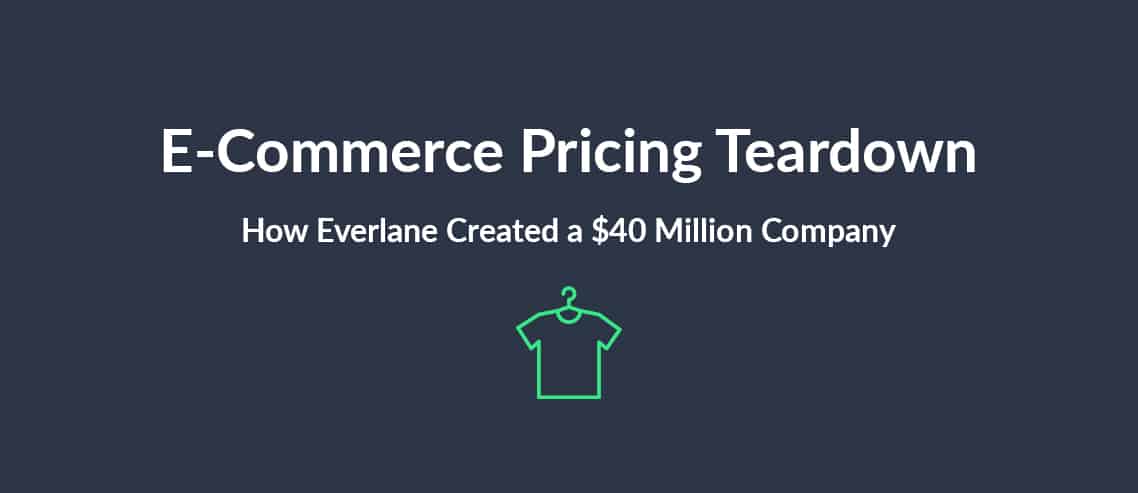Estimated reading time: 8 minutes
Table of contents
What is an introductory price?
Pricing strategies used to attract customers to a new product or service by offering a special price and developing a new customer audience for the new entry are known as introductory pricing strategies.
When a new product or service is introduced, introductory pricing is used to attract clients by offering a special price and therefore expanding the customer base for the new product or service’s launch.
Introductory pricing comprises of initially offering a lower price in order to gain a sufficient market share, followed by a progressive increase in price over time in order to make the product or service financially viable.
Introductory pricing is a commonly used strategy for both brick-and-mortar businesses and e-commerce ventures.
If the seller has confidence in their new product or service then it is only logical that they would want to gain as much exposure, as quickly as possible, in order to cement their own position and market share.
Before divulging what factors can be especially useful when looking to develop a large audience early on, it is useful to understand how introductory pricing and penetration pricing differ.
When it comes to penetration pricing, what exactly is the difference between the two?
In reality, they are two terms that are nearly interchangeable with one little exception.
As indicated by the prefix “introductory,” the first price will serve as one of the product’s differentiators (and thus should be as attractive as possible), while the prefix “penetration pricing” indicates that the product should be tested by as many customers as possible in a short period of time due to the low and appealing price.
Whatever else they may be called, these two phrases both concentrate around one single topic:
‘Determining an appropriate pricing strategy for a product during its early development stage’
Various situations call for the employment of an introductory strategy; the common thread is the goal of obtaining a larger market share by using a low price to encourage people to adopt and acquire a product or service.
That introductory pricing works in direct opposition to the basic law of supply and demand, which states that the lower the price, and therefore higher demand for goods.
In the beginning, the price is low, but as time goes on, it grows in the belief that demand will climb as well.
With the goal of increasing market share while also gradually increasing prices over time, this is the strategy.
A different strategy, known as price skimming, is available as well. An example of this would be a business charging a high introductory price but then gradually lowering it to skim different sectors of the market in order to retain profitability over a long period of time.
Introductory pricing in practice
For certain cases, the employment of the introductory price strategy is advantageous, and it is applicable to practically all industries.
Typically, retailers – both online and in physical store, manufacturers of mass-produced items, and organizations whose principal strategy is focused on a cost-based pricing approach will employ this method.
In addition, practically all SaaS products and applications use introductory pricing, which began as a trend with the introduction of numerous online services.https://twitter.com/SamsungIndia/status/1369916633830014977
Can you remember a time when you have been offered a free trial? What about being offered a reduce rate for a subscription if you apply for 3 months? How about an app which is free to download, but has numerous monetization functions built in to gain better use of all its tool?
All of these are instances of introductory pricing across a variety of technological services and relevant to most business who operate with a digital presence as well.
When looking to develop a large audience from the outset – this being the goal of most, if not all businesses, its advisable to first promote and advertise the business itself.
Branding strategies can bring your business to the forefront of people’s mind and by luring a buyer with a low-cost product and portraying yourself as the most affordable participant in the market, you can anticipate that the buyer would purchase something else in addition to your new offering.
Put in simple terms, if done correctly, you have the ability to construct one-of-a-kind pairs of complementing products.
As previously said, the second rationale for employing this method is to lessen the amount of competitive pressure.
Whilst it is important to note and be prepared to see a drop in your profit margins, you are using introductory pricing as a means to an end. Following the successful capture of a market share, you will then be able to raise the price and recover any lost profit.
Finally, the release of a one-of-a-kind product has shown to be the most successful strategy. In this situation, the introduction strategy is critical to establishing a product or a brand’s presence in the market and gaining traction. Take, for example, when you give them a product under your own fresh private label.
Pros and cons of introductory pricing
The following are some of the benefits you can expect to receive as a result of the introductory pricing:
- The buyer has a favourable opinion of the pricing due to the perceived reduction in price and then can offer even more utility if the service or product itself is outstanding.
- Customer retention is really high (before the price increase).
- A new product with an attractive pricing is a fantastic foundation for a successful marketing campaign.
- In any new market, businesses who use introductory pricing strategies will be ahead of any competitors who don’t do so. By the time you have ended your initial offer it will be unlikely that your competition will easily be able to re-establish themselves as a viable competitor to you. Even if they do it will be a more costly process than if they had utilised a successful initial price management strategy.
At the same time, introductory pricing is not a universal solution to pricing all new products. Indeed, it does carry with it some inherent risks which you should be aware of when looking towards price and profit management:
- Consumers who purchase a low-cost goods may be dissatisfied if the price of the product increases in the future – this may be particularly damaging where your business has not implemented a strategy to combat consumer drop-off – making use of price tracking solutions to ensure you can utilize competitor strategies and market movements in general.
- Some customers, in their pursuit of a better deal, can be regarded as ‘grasshoppers’, as they jump from one offer to another in search of a better deal. These ‘grasshoppers’ may distort your evaluation of how much of a market share you have – meaning post price offer you may experience a harder drop-off in revenue than you initially predicted.
- If your audience is in a more niche market then you will be operating within a restricted space which can lower the impact of any introductory pricing, dynamic pricing or even price matching you do.
So, how can you set up an introductory price which will build your audience quickly
Accurately define your pricing threshold
Despite the fact that this topic is more closely associated with the product’s later life cycle, it is inexorably linked to the first price because the company will need to raise it at some point in the future.
The use of pricing thresholds is frequently employed by merchants in order to maintain customer satisfaction with prices while also smoothing out any required price hikes. It is based on simple psychological slides, which reflect the buyer’s inclination to spend this or that amount for items.
The quickest and most straightforward way to determine your pricing thresholds is to directly ask your target audience and then apply the responses to the appropriate chart.
Using the Price Sensitivity Meter, for example, determines what price most people consider to be reasonable based on your understanding of what most people consider to be reasonable.
Another, potentially more useful strategy would be to conduct thorough competitor price tracking by using advanced monitoring software. This will allow you to analyse the success and volume of sales pertaining to various products and cross reference the findings against your own product.
On top of this, using competitive intelligence software you will also be able to plan and execute all your sales and introductory pricing strategies in line with your competitive landscape – this would pave the way for increased sales, profits and market share.
Don’t single out one pricing strategy
Pricing is undoubtedly one of the most important variables in determining future success, but don’t forget about the other dimensions of the classic marketing mix of 4P and your customer experience (CX).
The higher the price can go, the better the interaction experience (also known as customer experience) between the consumer and the brand is seen to be. It is not a novel concept, and it may be applied even to things that are completely new to the market.
Make use of technology
Finally, don’t be hesitant to make use of modern technology. When it comes to the simplest of things, you can find nearly identical offerings on the online market for almost every product.
Ecommerce has become an established entity that is here to stay – for any store operating online which is looking to effectively operate ecommerce pricing it is wise to use available solutions which can effectively integrated into your online vendor platform.
Shopify is an example of this, whereby you can easily implement new introductory pricing strategies, followed by a employing a dynamic pricing app which will then allow you to seamlessly transition from a product or services initial price to match the market conditions.
Using competitor data scraping, you can locate them and establish the first price based on the information gathered from the data. This is a fundamental technique that has been applied successfully by companies all across the world.
pricing strategies


Leave a Reply